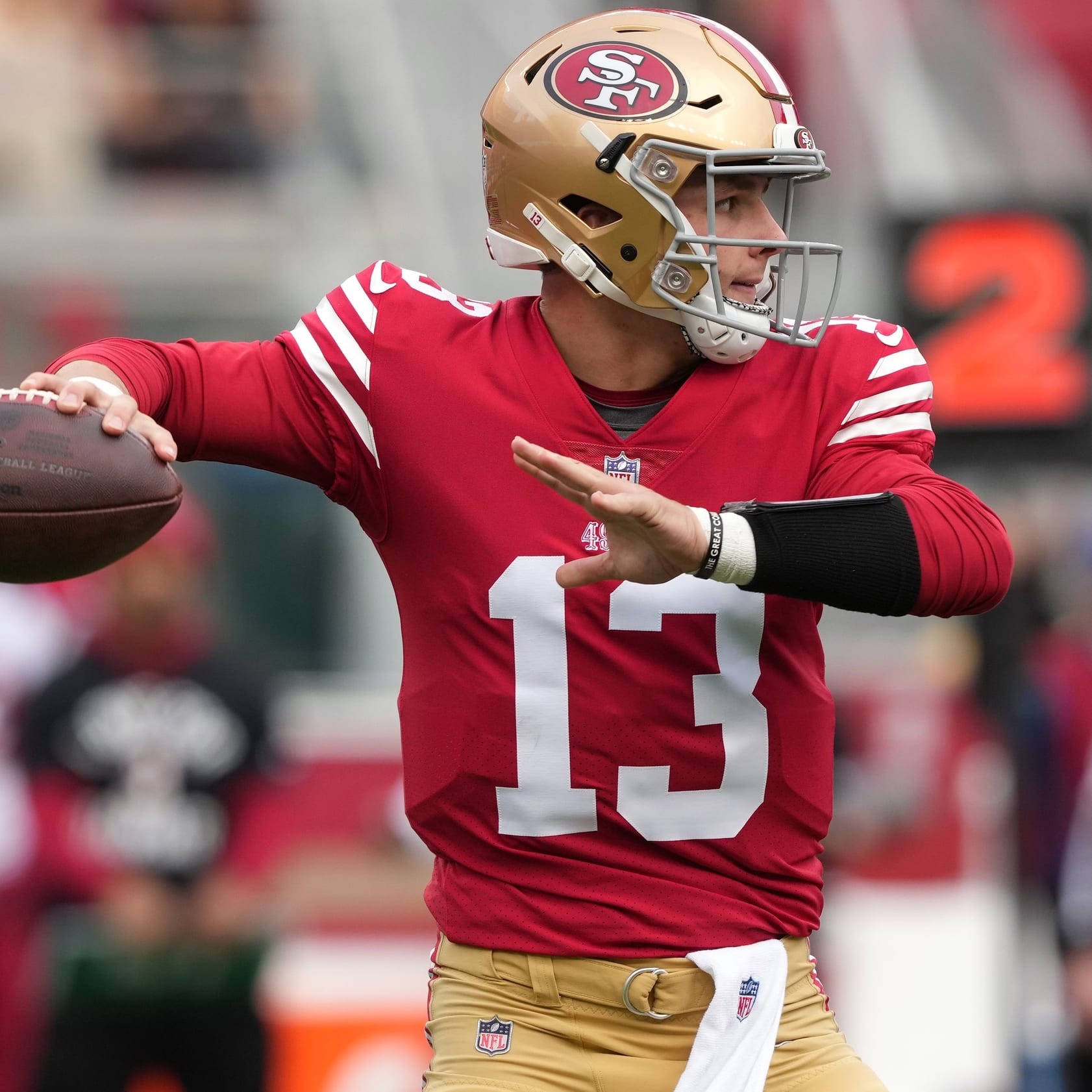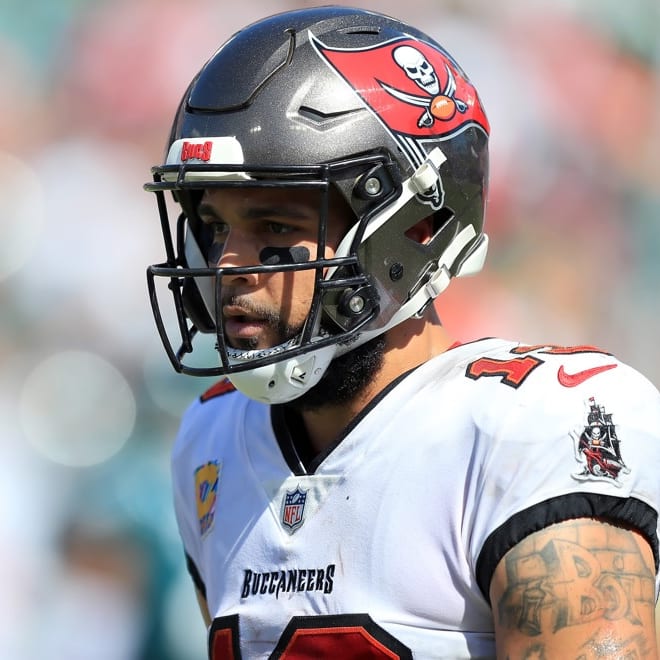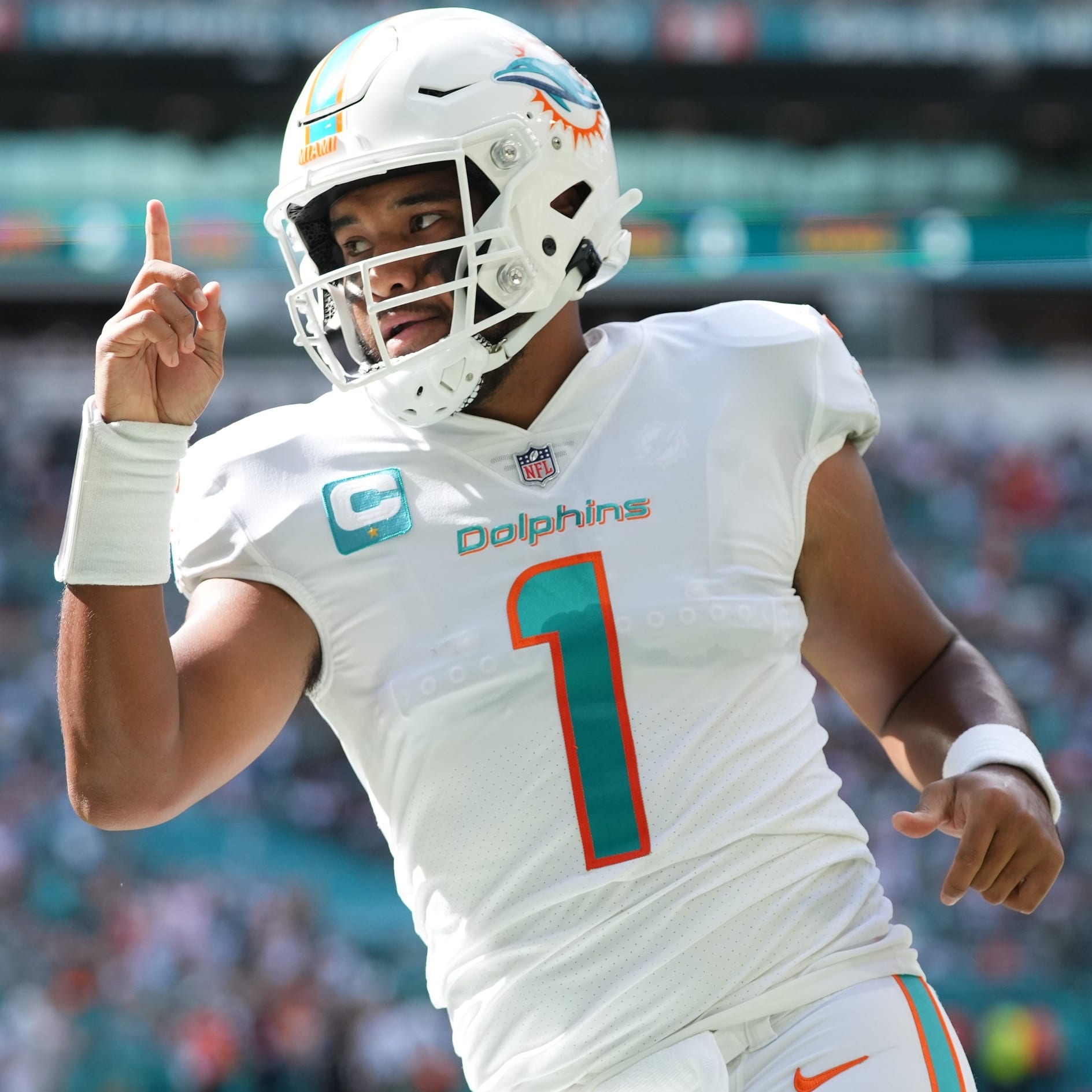This article is part of our Team Previews series.
THE SKINNY
The Ravens are at a transitional point after lining themselves up to make longtime franchise quarterback Joe Flacco something of a lame duck in front of Lamar Jackson. It'll be a storyline that hangs over the team, and with each Flacco mistake the clamor for Jackson will grow louder.
THREE THINGS TO KNOW
FLACCO'S LAST STAND?
Joe Flacco's guaranteed money runs out after the 2018 season, and Baltimore's surprising trade-up into the first round for Lamar Jackson shows that there's a succession plan in place. Though he's just one year removed from his first 4,000-yard season, Flacco's YPA efficiency has been near the bottom of the league both of the last two campaigns and bottomed out at 5.7 in 2017, which ranked dead last among qualified passers. There's an added degree of difficulty for what will likely be Flacco's last year in Baltimore – a lack of continuity. His top three receivers from 2017 in terms of targets are all gone, and the only returning player with more than 40 catches last season is running back Javorius Allen. Yes, Baltimore surrounded Flacco with an intriguing group of new pass catchers this offseason, but the massive overhaul creates an extra challenge for him to develop chemistry with Michael Crabtree, John Brown, Willie Snead and a quartet of rookies. Betting on an aging quarterback to change his stripes when the writing is on the wall regarding his future seems like a losing proposition. The best-case scenario would be Flacco tapping into his contract year form from his Super Bowl season, but the more realistic outcome is him continuing to be a checkdown-reliant signal-caller who has his tenure as Baltimore's starter end with a thud.
NEW-LOOK RECEIVING CORPS
Out with the old and in with the new...retreads? The Ravens parted ways with most of their top pass receivers from 2017, bidding adieu to Mike Wallace, Ben Watson and Jeremy Maclin. While Wallace and Watson were fine enough, a wholesale restoration was needed in Baltimore. Replacing them with a trio of receivers coming off some of the worst seasons of their respective careers seems risky, however. A sunny outlook would argue that John Brown can outperform his one-year deal if he stays healthy and that Willie Snead simply didn't get a fair shake last season after a suspension and a hamstring injury. A more pessimistic view says that Michael Crabtree is on the wrong side of 30, Brown is damaged goods and Snead's production in 2015-16 was more a function of being in the Saints offense than anything else. Both sides have their merits. Then there's the unknown element that comes with the rookies. Hayden Hurst and Mark Andrews both offer pass-catching upside at tight end, while Jaleel Scott adds size and Jordan Lasley brings big-play ability to the wideout corps. Add all those elements together and you get a patchwork group with more questions than answers everywhere outside of Crabtree. Baltimore's passing game remains a tough stone from which to draw blood.
THE LAW FIRM OF COLLINS, ALLEN AND DIXON
The Ravens' running back situation in 2017 didn't pan out the way anyone would have expected going into the season, but some stability emerged in the form on an unlikely source. Alex Collins was scooped up after being cut by Seattle and became a force out of the backfield who rushed for nearly 1,000 yards once he got his fumbling issues resolved. He enters this season as the clear-cut starter, and the Ravens' decision not to add a running back in the draft gives the impression that the club is happy with its alternatives behind Collins, too. Javorius Allen escaped coach John Harbaugh's doghouse to become a contributor in the passing game last year and Kenneth Dixon (remember him?) is back after missing his second season with a knee injury. Dixon is the X factor here. He was promising as a rookie in 2016 after a prolific college career, but his absence in 2017 has dropped him to third on the depth chart. If he's able to recapture his form, Dixon could be found money as another viable option to throw into the mix and keep the rest of the group fresh. Collins will surely have a longer leash when he makes mistakes than he did a year ago, but there's not much of a talent gap between him and Allen or Dixon, and that's something to keep in mind when targeting Baltimore running backs.
PIVOTAL PLAYER: Alex Collins
Collins went from training camp castoff in Seattle to workhorse back in Baltimore in a matter of weeks and became a legitimate RB2 in fantasy, rushing for 973 yards and six TDs. The team passed on adding a running back in the draft and in free agency, but a healthy Kenneth Dixon brings competition for Collins to stay atop the depth chart.
BAROMETER
RISING: Willie Snead
Snead gets a fresh start in a new offense that relies on the short and intermediate passing game, which is where he operates. The touchdown upside is limited, but his role will have reliable volume to boost PPR appeal.
FALLING: Chris Moore
Moore ended 2017 looking like a future starter only to see the Ravens add three veteran receivers and draft four pass catchers. With that, it's difficult to imagine Moore filling more than a situational role in this offense.
SLEEPER: Mark Andrews
He doesn't have the first-round label that Hayden Hurst does, but Andrews' athleticism and pass-catching ability make him the Ravens tight end to own. A "big slot" role a la Evan Engram would suit him well.
KEY JOB BATTLE – PASS CATCHING TIGHT END
Baltimore is rarely thought to be a leader when it comes to anything on the offensive side of the ball, but one thing the Ravens know how to do is get their tight ends involved. It's easy to forget that Dennis Pitta had a league-high 86 catches in 2016 in this system. According to Football Outsiders, no team lined up in 12 (one running back, two tight ends) or 22 (two running backs, two tight ends) personnel more than Baltimore in 2017. The roster turnover at that spot, including the loss of Ben Watson and the additions of Hayden Hurst (first round draft pick) and Mark Andrews (third round) shows that the team is still committed to using the tight end, but the pecking order is all the more wide open. Rookie tight ends tend to have a steeper learning curve than other rookies at different positions, which may give fourth-year option Nick Boyle an early edge. That said, Boyle is known for his blocking skills more than his pass-catching acumen, so he may have a repeat of last year's role (28 catches on 37 targets) while Hurst and Andrews battle it out for Watson's leftover targets. In all, the Ravens stand to be of the most tight-end heavy offenses in the league once again, and all three options have legitimate cases to be high-volume pass catchers in the short and immediate passing game. With that, following this competition will be the most fantasy-relevant storyline out of Baltimore this training camp.
KEY ACQUISITIONS:
Michael Crabtree – WR (from Raiders)
Seasoned veteran immediately becomes Joe Flacco's top receiver.
John Brown – WR (from Cardinals)
Speedy wideout gets a chance to turn career around in a new city.
Willie Snead – WR (from Saints)
Profiles as starting slot receiver after fizzling out in the Big Easy.
Hayden Hurst – TE (Rd. 1, No. 25 – South Carolina)
Tight end with a complete skill set steps into a favorable situation.
Lamar Jackson – QB (Rd. 1, No. 32 – Louisville)
The quarterback of the future is looking at a redshirt year.
Mark Andrews – TE (Rd. 3, No. 86 – Oklahoma)
Rookie with unique skill set could create mismatches in coverage.
KEY LOSSES:
Mike Wallace – WR (to Eagles)
Baltimore's No. 1 wideout the last two years heads to the world champs.
Ben Watson – TE (to Saints)
Flacco's safety valve replaced by a rookie tight end duo.
THE INJURY FRONT
John Brown, WR – Brown has had durability concerns throughout his career, but they came to a head in his final season in Arizona when he missed six games due to quadriceps, toe, and back issues that crept up at different points of the year. He's healthy heading into camp, although he did have a minor knee tweak during minicamp in June. Brown brings a skill set unlike any other Ravens receiver thanks to his blistering speed and quickness. If he can stay healthy, he's an asset to the Ravens' downfield passing game. If not, the Ravens will be without a true deep threat once again.
Kenneth Dixon, RB – Dixon hasn't seen game action since his rookie year due to a torn meniscus last summer that wiped out his 2017 campaign. Since his injury, a lot has happened in Baltimore's backfield, most notably Alex Collins' ascension to the starting role. Dixon, now healthy, has his work cut out for him in terms of reclaiming a role.
Jimmy Smith, CB – The team's top corner is coming off a torn Achilles in December, and while he did some individual drills in minicamp, he's far from a full-go for the start of training camp. Smith's experience in the league and veteran status makes his participation in training camp less pressing than, say, Tavon Young, who is a third-year corner coming off an ACL tear. Still, Smith will need to show some progress over the course of training camp in order for Baltimore to feel fully confident in its secondary heading into Week 1. The team is well-stocked at corner between former first-rounder Marlon Humphrey and veteran Brandon Carr, and Young's return shores up the nickel spot. That said, the secondary simply isn't as good without Smith, so his progress over the rest of the summer will be key.












